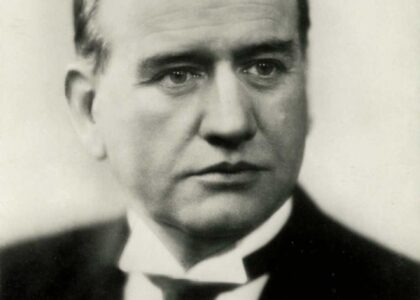Welcome to the Fort Buford State Historic Site, a place where the echoes of the past resonate with tales of frontier life. Established in 1866, Fort Buford was constructed as a military post to guard against attacks on the supply routes of the upper Missouri River during the turbulent times of westward expansion in the United States. Located in the northern reaches of present-day North Dakota, this fort played a significant role in the Indian Wars, serving as a strategic military outpost.
One of the most notable events in Fort Buford’s history occurred in 1881, when the Hunkpapa Lakota leader Sitting Bull surrendered here, marking a pivotal moment in the struggle between Native American tribes and the U.S. government. His surrender symbolized the end of an era for the Plains Indians, who faced significant upheaval as settlers moved westward.
Throughout its active years, Fort Buford housed several notable figures, including James M. Bell and General Alfred Terry. Terry played a crucial role in the campaigns against the Lakota and Northern Cheyenne, including the infamous Battle of the Little Bighorn.
As the military’s presence waned, Fort Buford was abandoned in 1895. However, its legacy endures, providing visitors today with a fascinating glimpse into the complex histories that shaped this region. The site now features preserved buildings and a cemetery that holds the stories of soldiers and civilians who lived and died here.
Fort Buford serves as a reminder of the challenges and changes faced by both the Native American tribes and the U.S. military during a transformative period in American history. Visitors can explore exhibits and artifacts that bring to life the experiences of those who called this place home, making it a must-visit for history enthusiasts and curious minds alike.




